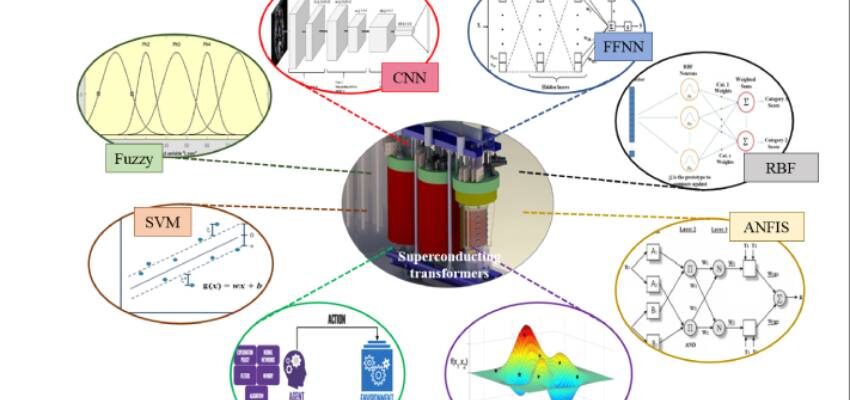
Artificial intelligence for superconducting transformers
Cryo-electrification is a solution that superconducting technology together with cryogenic engineering can offer to assist in resolving the issues in the power network
byDr. Mohammad Yazdani-Asrami

Cryo-electrification is a solution that superconducting technology together with cryogenic engineering can offer to assist in resolving the issues in the power network and transportation sector related to global warming, pollution, emission, losses, and achieve the targets in many Net Zero Emission plans [1].
The superconducting transformer is one of the most promising applications for cryo-electrification in power networks since it is much lighter (2 to 3 times), more compact (3 to 5 times), more efficient (up to 5 %), and more over-load tolerable compared with its conventional counterpart [2]. In addition, the environmental footprint of a superconducting transformer is smaller than traditional oil-immersed transformers since superconducting windings need to be immersed in liquid nitrogen (LN2), which is non-toxic and non-hazardous liquid. Therefore, by omitting the oil in this type of transformer, the risks of the explosion caused by the oil over-heating would be completely removed. On the other hand, this will increase the reliability of the superconducting transformers compared to their traditional counterparts. These benefits pave the way for implementing superconducting transformers in high power applications or supplying sensitive loads, replacing them with traditional oil-immersed ones. At the moment, the breakeven of using superconducting transformers is 25 MVA, but with the advancement of tape / wire production technology as well as progress in manufacturing techniques, this power will decrease further in this current decade. Apart from the superconducting tape manufacturing challenge, other challenges have slowed down the evolving process for the superconducting transformer technology, including fault tolerance concerns [3-4], high cost of former production for windings cryostat manufacturing, and efficient cooling system design. Many researchers and companies are working to address the challenges above in order to make the superconducting transformer a viable commercialized component for electric networks and increase its competitiveness against conventional oil-immersed transformers.







